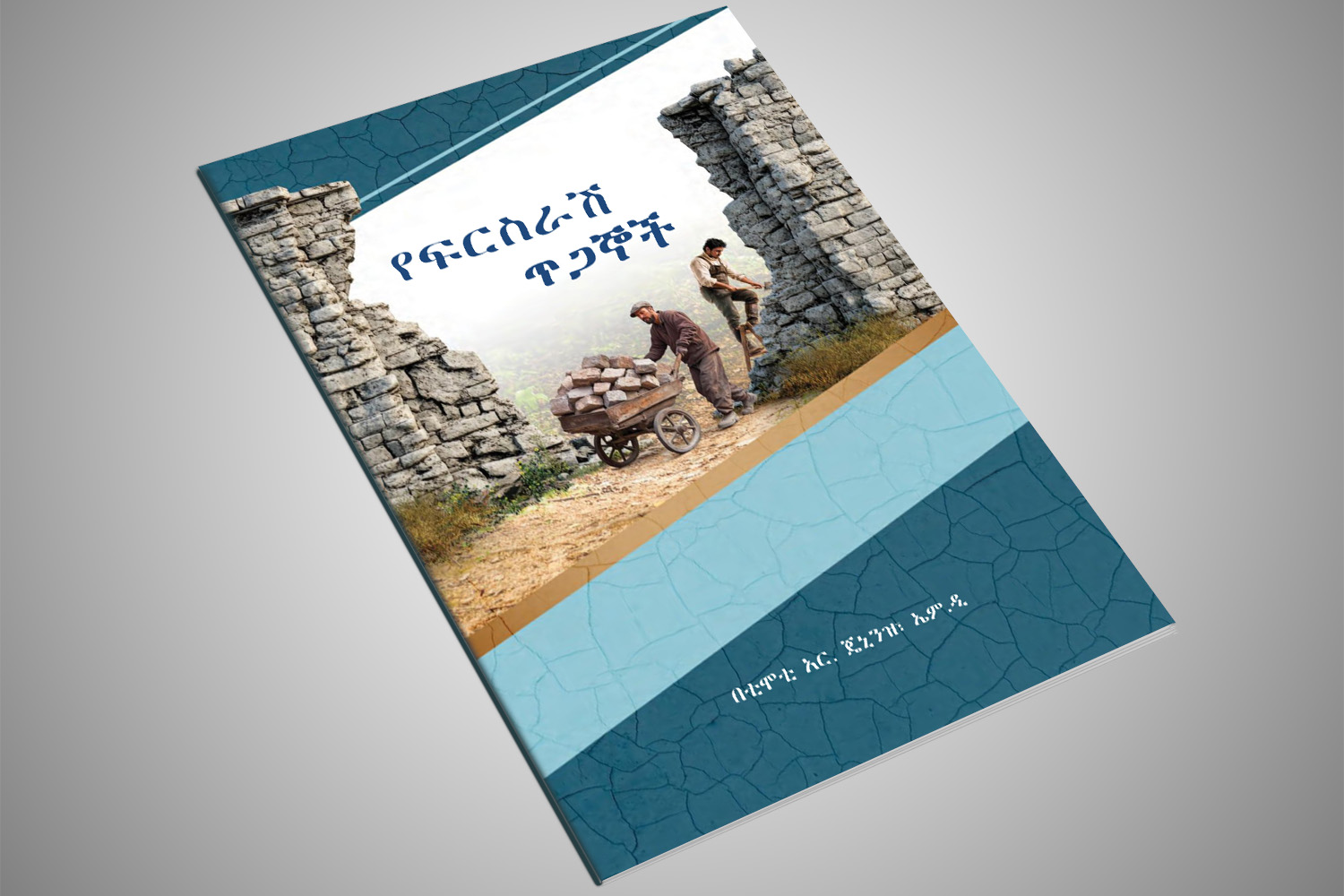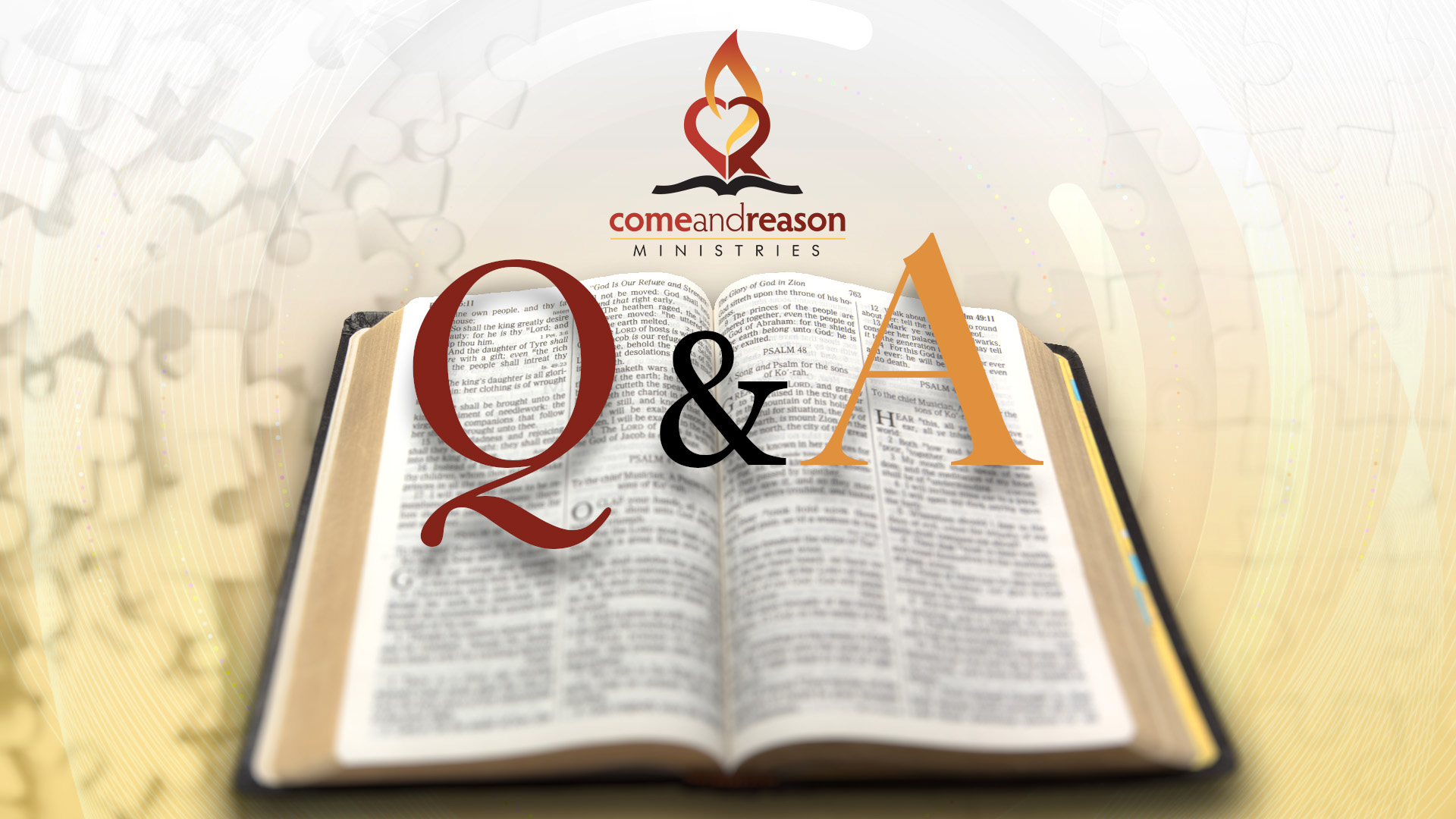In 2 Kings chapter four, we read the story of a Shunammite woman who asks her husband to make a small apartment for Elisha to use whenever he comes to town. In response to this kindness, Elisha inquires if there is anything he can do for her. When she asks for nothing, Elisha’s servant Gehazi observes that she has no son and that her husband is old. Elisha tells the woman that she will have a son by this time the following year, which came to pass.
Sometime later, the Shunammite woman’s boy has a terrible headache and is taken to his mother. He dies in her arms. She lays his body on the bed that Elisha used and then goes to find the prophet. We pick up the story as Elisha reaches the house:
When Elisha reached the house, there was the boy lying dead on his couch. He went in, shut the door on the two of them and prayed to the LORD. Then he got on the bed and lay upon the boy, mouth to mouth, eyes to eyes, hands to hands. As he stretched himself out upon him, the boy’s body grew warm. Elisha turned away and walked back and forth in the room and then got on the bed and stretched out upon him once more. The boy sneezed seven times and opened his eyes. Elisha summoned Gehazi and said, “Call the Shunammite.” And he did. When she came, he said, “Take your son.” She came in, fell at his feet and bowed to the ground. Then she took her son and went out (2 Kings 4:32–37 NIV84).
What an incredible story! It demonstrates the power and majesty of our God, giving us real hope in Christ’s victory over death and the resurrection of the dead. Yet, I believe there are deeper lessons illustrated in this real historical account.
As I have described many times, the Bible not only records real events from the lives of real historical people who did real things, but these events often teach us about the larger conflict between Christ and Satan and the plan of salvation.
While I believe this account about Elisha and the Shunammite woman and her son actually took place—that the woman really lived, that she conceived a child, that her child died, that a real prophet named Elisha was used by God to perform a miracle through that series of steps, and that the boy was resurrected from the dead—I also believe these events were recorded in Scripture to teach us larger truths.
The first object lesson of this story is the boy; he is one of seven non-virgin miracle births recorded in the Bible; these stories reveal something about Jesus our Messiah. You can read about them in our blog Joseph: A Foreshadow of Christ.
But there is another powerful object lesson in this story. Elisha serves as a type of Christ. Here are some of the miracles God performed through Elisha that demonstrate this:
- Elisha directs a widow to fill jars with oil and to sell the miraculously supplied oil to prevent her sons from being taken into slavery because of their deceased father’s unpaid debts (2 Kings 4:1–7).
- The oil represents the Holy Spirit, which Jesus pours out to prevent us from being slaves to sin from the debt of our father, Adam.
- Elisha promises a son for the Shunammite woman (2 Kings 4:15–17).
- The birth represents Jesus’ miraculous conception and birth.
- Elisha resurrects the Shunammite woman’s son (2 Kings 4:18–37).
- This resurrection represents Jesus rising from the dead.
- Elisha cleanses poisonous food making it good to eat and feeds the faithful prophets (2 Kings 4:38–41).
- This represents Jesus as the Bread of Life, the one who eradicates lies about God and feeds us the truth that destroys the power of Satan and death, bringing us back to the knowledge of God, which is eternal life (Hebrews 2:14; John 17:3).
- Elisha multiplies 20 loaves of bread to feed 100 men (2 Kings 4:42–44).
- Jesus feeds the masses, multiplying both bread and fish, but this also represents Jesus Himself being the Bread of Life who feeds us the word of truth (John 6:41).
- Elisha heals Naaman of leprosy (2 Kings 5:1–14).
- Jesus healed many lepers; leprosy is a metaphor for sin, and Jesus heals us from sin.
- Elisha makes an axe head float (2 Kings 6:1–7).
- Jesus has power over the forces of nature and walked on water.
- Elisha warns Israel of the enemy’s plans and advises how to escape destruction (2 Kings 6:8–10).
- Jesus reveals to us the plans of the enemy and provides a way of escape.
- Elisha is protected from enemy forces by an angelic army, and he blinds the enemy soldiers and leads them into being captured; however, he doesn’t allow the king of Israel to kill them. Instead, he has Israel provide them with food and water and then set them free; they stopped attacking Israel (2 Kings 6:11–23).
- Jesus has His angel armies protecting His people, and He desires to open the eyes of the blind enemies in this world so they experience the bread and water of life, so that they will be turned from enemies into friends of God and stop attacking Christ’s people.
All these miracles demonstrate how Elisha was a type of Christ. But the boy who died was also a type of Christ. This need not be confusing, because in many illustrations in Scripture, Jesus is simultaneously represented by more than one person or element. For instance, in the sanctuary service, Jesus is represented by:
- Moses, who represented Jesus in His preincarnate state, talked with God face to face and then went out and built the sanctuary; in heaven, prior to His incarnation, Jesus talked with God face to face about the plan of salvation and then left heaven to build His temple. (See Zechariah 6:12, 13.)
- The sacrificial lamb represented Jesus during His 33 years on Earth, where He was sacrificed as our Savior.
- Aaron, the first high priest, represented Jesus after His resurrection and who now functions in the role of our High Priest.
- The unleavened bread represented Jesus.
- The central golden lamp represented Jesus.
- The golden lid to the ark of the covenant represented Jesus.
Jesus does so much that it isn’t possible for just one element or one person to fully represent Him, so many people or elements are often used to represent Him and His work for us. This is true in this story of Elisha, as both Elisha and the boy represent Jesus. The question is, what do we learn from this?
How is it that the boy who died represents Jesus while the one who raised him from the dead also represents Jesus at the same time? It is because Jesus gave His life freely and then took His life up again! Jesus said:
The Father loves me because I am willing to give up my life, in order that I may receive it back again. No one takes my life away from me. I give it up of my own free will. I have the right to give it up, and I have the right to take it back. This is what my Father has commanded me to do (John 10:17, 18 GNT).
But what do we learn from Elisha lying on top of the boy with his mouth to mouth, eyes to eyes, and hands to hands? This is a powerful lesson. According to Scripture, we sinful humans must be cleansed from sin in all aspects of our being:
May God himself, the God of peace, sanctify you through and through. May your whole spirit, soul and body be kept blameless at the coming of our Lord Jesus Christ. The one who calls you is faithful and he will do it (1 Thessalonians 5:23, 24 NIV84).
Jesus, as our substitute, as our second Adam, had to purify humanity from sin in spirit, soul, and body—all three. And this complete healing was illustrated by Elisha’s method of resurrecting the boy:
- Mouth to Mouth: “Spirit” comes from the Greek pneuma and means breath, wind, breath of life, or spirit. When Jesus breathed on His disciples, they were filled with the Holy Spirit (John 20:22). Since our breath comes out of our mouths, mouth to mouth represents cleansing of our spirit.
- Eyes to Eyes: “Soul” in the New Testament comes from the Greek psyche and means our individuality, mind, unique personhood, and way of thinking. Since eyes in Scripture symbolize wisdom, discernment, enlightenment, thinking, and, thus, symbolize the soul, eyes to eyes represents cleansing of our souls. (We often say, “The eyes are the windows into the soul.”)
- Hands to Hands: The body is the part of our being that interacts with the world around us; it acts and does works. The Bible frequently refers to “the work of your hands” (Deuteronomy 16:15; Psalm 90:17) and, thus, hands represent our body, and hand to hand represents cleansing our body.
So, the overall object lesson is that Jesus was a miracle child, born in a miraculous way, who, after winning the battle over every temptation, died as our substitute in order to destroy him who holds the power of death, that is the devil (Hebrews 2:14), destroy death, bring life and immortality to light, and eliminate the death-causing principle from humanity (2 Timothy 1:10; He then raised His humanity back to life, a humanity purified in spirit, soul, and body—mouth, eyes, and hands—a perfected and completed humanity.
Finally, the boy sneezes seven times; seven is the number of perfection; sneezing is breathing, blowing out, representing Jesus purging the infection of sin purifying humanity, which is symbolized by the sneezing seven times. This victory, applied to our lives, is represented in the sanctuary service when the high priest (who represents Jesus) sprinkles the blood of the lamb (which represents Jesus’ sinless life) seven times over the ark on the Day of Atonement. Jesus cleanses us completely from sin.
What an incredible story! How amazing is our God to weave into history such powerful lessons to the plan of salvation.
 
 









 using your credit or debit card (no PayPal account needed, unless you want to set up a monthly, recurring payment).
using your credit or debit card (no PayPal account needed, unless you want to set up a monthly, recurring payment). instead?
instead?